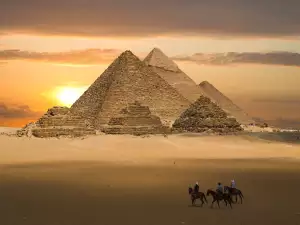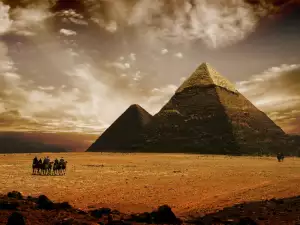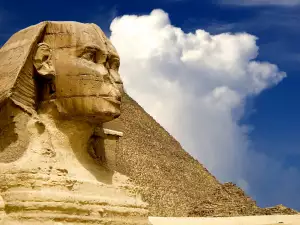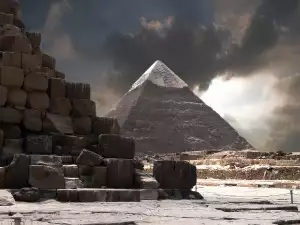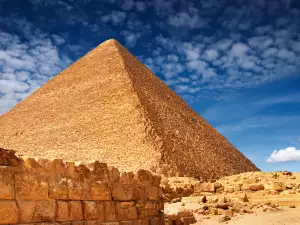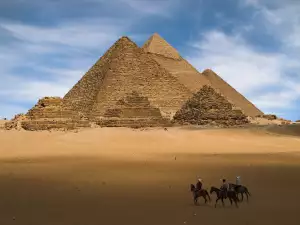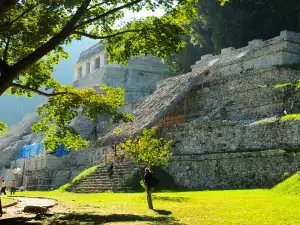The number of Pyramids in ancient Nubia (now Sudan), boast a total of 223 pyramids located in Kermen, Napa, Nuri, Naga and Meroe, which is more than twice the pyramids in neighboring Egypt. In ancient times Nubia competed with Egypt in wealth and power, and mutually affect each other. Groundwater Tombs in Nubian pyramids are also richly decorated, like Egyptian style but not all pyramids in Nubia are monuments of kings, as evidenced by their large numbers. Other notables of the empire, especially priests of high rank are also found there his last home.
The pyramids of Nuri
Located to the west of the Nile in Upper Nubia. In these tombs rest 21 kings, together with 52 queens and princes. Taharya the king of the 25th dynasty was the first king, who built a tomb at Nuri, and this is the largest pyramid ever built in this place. In Nuri are also buried the Amanishakheto queen, king Senkamanisken, King Aspelta and other top leaders.
Pyramids of Meroe
Forty generations of Nubian kings are buried, and Meroe holds all royal tombs in its pyramids. The cemetery contains the graves of three kings, Arikakaman being Yesruvaman two of them and six queens. Several hundred yards north of the northern cemetery are buried another 30 kings and six queens, survivors of those from the southern cemetery. Their tombs built under steep pyramids were plundered in ancient times, but the drawings preserved in the chapels of the tombs show that ancient rulers were mummified. They were also covered with jewels and placed in wooden coffins. The larger tombs still contain remnants of the weapons, bows, arrows, horse harness, wooden boxes and furniture, ceramics, dishes of colored glass and metal containers and other things, many of which were imported from Egypt, Greece and the Roman Empire. Meroe belongs to the most important monuments of early civilization on the African continent.

Pyramids of El-Kurru
First Nubian pyramids were built to replace El-Kurru. In El-Kurru are the tombs of the king and his son Kashta sequins, five earlier generations, but also the heirs of sequins.
It is not possible to accurately determine the total number of temples and tombs which now lie at the bottom of Lake Nasser, as it is not possible to know all secrets they hide. After the establishment of Aswan Dam, the world will never be able to learn about the overall impact that the South Africans from the Nile Valley had on the development of Ancient Egypt and subsequent civilizations.

